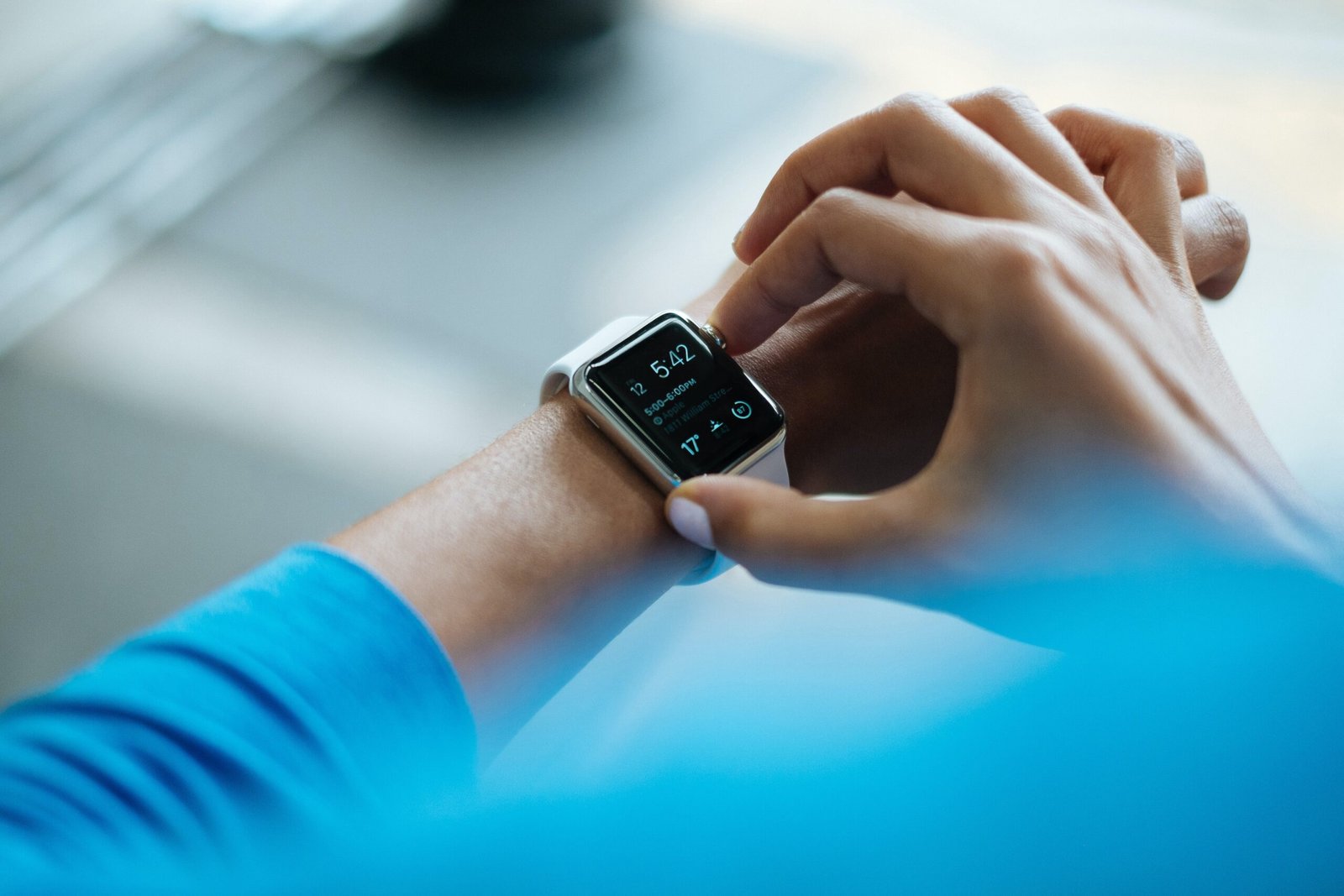In this article, we will explore the possibility of pairing wireless video monitors with drones. Imagine the endless possibilities this combination could offer, from capturing breathtaking aerial footage to enhancing security surveillance systems. The idea of seamlessly integrating these two technologies seems enticing, but is it really feasible? Join me as we delve into the world of wireless video monitors and drones to uncover the potential of this innovative pairing.
Introduction
In recent years, the use of drones has become increasingly prevalent across various industries such as photography, surveillance, and even racing. These unmanned aerial vehicles offer unique perspectives and capabilities that were once unimaginable. However, controlling a drone while maintaining an accurate visual feed can be a significant challenge. This is where wireless video monitors come into play. By pairing wireless video monitors with drones, users can enhance their experience and unlock a whole new level of possibilities. In this article, we will explore the relationship between wireless video monitors and drones, their applications, advantages, limitations, and future developments.
Overview of Wireless Video Monitors
What are wireless video monitors?
Wireless video monitors, as the name suggests, are devices that provide a wireless connection between a camera and a display screen. These monitors are designed to deliver real-time video feeds from the camera to the screen, providing users with a clear and convenient way to monitor the captured footage. While they are commonly used in surveillance systems, the application of wireless video monitors extends to various other fields, including drone operations.
Features of wireless video monitors
Wireless video monitors come equipped with several features that make them ideal for pairing with drones. These features include high-definition displays, low latency transmission, long-range capabilities, and lightweight designs. Additionally, many wireless video monitors offer customizable settings, such as aspect ratio adjustments, focus peaking, and false color display, allowing users to tailor the viewing experience according to their specific needs.
Applications of wireless video monitors
Wireless video monitors have found applications in numerous industries and activities. In the realm of drones, these monitors can be used for drone photography, surveillance, and even drone racing. Each of these applications utilizes the unique capabilities of wireless video monitors to enhance the overall experience and functionality of the drones.

This image is property of images.unsplash.com.
Introduction to Drones
What are drones?
Drones, also known as unmanned aerial vehicles (UAVs), are aircraft that operate without a human pilot on board. These remotely controlled devices have garnered significant attention due to their versatility and ability to perform a wide range of tasks. Drones come in various sizes and configurations, ranging from small consumer-grade models to larger professional-grade ones used in commercial applications.
Types of drones
There are several types of drones available in the market, each designed to serve different purposes. Consumer drones are primarily used for recreational purposes and often equipped with built-in cameras for aerial photography and videography. Professional drones, on the other hand, are more powerful and feature advanced capabilities that cater to specialized industries such as cinematography, agriculture, and surveying. Additionally, there are also military drones used for reconnaissance, surveillance, and combat operations.
Wireless Video Monitors and Drones
Compatibility between wireless video monitors and drones
Wireless video monitors are compatible with most drones that have a camera or video transmission capabilities. These monitors can be easily connected to the drone’s video receiver or directly to the camera itself, depending on the drone model. Compatibility is essential to ensure seamless integration and uninterrupted video transmission from the drone to the monitor.
Advantages of pairing wireless video monitors with drones
Pairing wireless video monitors with drones offers numerous advantages. Firstly, it provides users with a larger and more detailed display, ensuring a better view of the drone’s surroundings and captured footage. This is especially beneficial for tasks that require precise navigation or detailed inspection of the area. Secondly, wireless video monitors enable real-time monitoring, allowing users to make immediate adjustments to the drone’s position or camera settings based on the live feed they receive. Lastly, the wireless nature of these monitors provides flexibility and freedom of movement, as users are not tethered to the drone and can position themselves wherever they prefer.
Challenges in pairing wireless video monitors with drones
Despite their advantages, there are some challenges associated with pairing wireless video monitors with drones. One significant challenge is the range limitation of wireless transmission. Depending on the drone and monitor models, the effective range of wireless communication may vary. Users need to be aware of these limitations to prevent loss of video feed and control. Another challenge is the possibility of interference from external sources such as Wi-Fi networks, other drones, or even physical barriers. Interference can degrade video quality or lead to complete signal loss, making it crucial to choose high-quality wireless video monitors with robust signal transmission capabilities. Additionally, the battery life of both the drone and the wireless video monitor needs to be considered, as continuous usage can drain the battery quickly and limit the overall flying time.

This image is property of images.unsplash.com.
Wireless Video Monitors in Drone Photography
Benefits of using wireless video monitors in drone photography
Wireless video monitors play a vital role in drone photography, enhancing the overall experience for photographers. One notable benefit is the ability to frame shots more effectively. With a larger display and real-time feed, photographers can better compose their shots, ensuring the desired framing and eliminating the need for guesswork. Furthermore, wireless video monitors enable photographers to review the images or footage immediately after capturing them, allowing for on-the-spot adjustments and improvements. This instant preview capability saves time and enables photographers to capture the perfect shot with greater efficiency.
Enhancing the aerial photography experience with wireless video monitors
Wireless video monitors take the aerial photography experience to new heights by providing users with an immersive and detailed view of the captured images or videos. In addition to framing shots accurately, photographers can also assess the lighting conditions, color accuracy, and overall composition in real-time. This real-time feedback allows photographers to focus on their creative vision without having to wait until after the flight to review the captured footage. By offering instant visual feedback, wireless video monitors elevate the capabilities of drone photography and empower photographers to push the boundaries of their craft.
Wireless Video Monitors for Drone Surveillance
Utilizing wireless video monitors for drone surveillance purposes
Drone surveillance is becoming increasingly prevalent in various industries, including law enforcement, security, and infrastructure inspections. Wireless video monitors play a crucial role in these surveillance applications by providing security personnel with a live feed of the drone’s onboard camera. This live feed enables real-time monitoring of a particular area, enhancing situational awareness and enabling prompt responses to potential threats or incidents. The wireless nature of these video monitors allows surveillance personnel to maintain a safe distance from the drone while maintaining visual contact, ensuring their safety and maximizing operational efficiency.
Enhanced monitoring capabilities through wireless video monitors
Wireless video monitors not only facilitate real-time monitoring but also offer advanced monitoring capabilities for drone surveillance. These monitoring capabilities include features such as zooming, panning, and tilting the camera remotely to get a closer look at specific areas of interest. Additionally, some wireless video monitors can even record the live feed, enabling the review of footage at a later time. By providing enhanced monitoring capabilities, wireless video monitors empower security personnel to gather more detailed information and make informed decisions based on the live surveillance feed.

This image is property of images.unsplash.com.
Wireless Video Monitors for Drone Racing
Integration of wireless video monitors in drone racing
Drone racing is a fast-paced and adrenaline-filled sport that requires precision and quick reflexes. Wireless video monitors have revolutionized the way drone racing is experienced by both the racers and the spectators. By pairing these monitors with drones, racers can have a first-person view (FPV) of the drone’s perspective, making it feel as if they are sitting inside the cockpit. This immersive experience enhances the racers’ situational awareness, allowing them to navigate through the racing course with greater precision and speed. Additionally, wireless video monitors also enable spectators to view the race in real-time, providing an exciting and dynamic viewing experience.
Real-time footage viewing and analysis for drone racers
Wireless video monitors not only offer real-time footage viewing but also enable racers to analyze their performance to improve their skills. With the live feed provided by the monitors, racers can review their racing lines, identify areas for improvement, and make adjustments to their flying technique accordingly. This real-time visual feedback enhances the learning process and allows racers to continuously refine their skills. Moreover, wireless video monitors can also display critical data such as speed, altitude, and battery level, providing racers with essential information to strategize and optimize their performance.
Limitations of Pairing Wireless Video Monitors with Drones
Range limitations
One of the primary limitations of pairing wireless video monitors with drones is the range of the wireless transmission. The effective range varies depending on the specific models of the drone and the video monitor. In some cases, the range may be limited to a few hundred meters, while other high-end systems can achieve ranges of several kilometers. It is essential for users to be aware of these limitations and stay within the permissible range to ensure a stable and uninterrupted video feed.
Interference issues
Interference from external sources can pose challenges when pairing wireless video monitors with drones. Wi-Fi networks, other drones operating in close proximity, and physical barriers can all contribute to signal interference, leading to degraded video quality or even complete signal loss. To mitigate interference issues, users should choose wireless video monitors with advanced signal processing capabilities and operating frequencies that are less prone to interference.
Battery life challenges
Both the drone and the wireless video monitor require a power source, and limited battery life can be a significant challenge. Extended usage of the wireless video monitor can drain its battery quickly, leading to shorter operating times. Moreover, the drone’s battery life can also be affected by the additional power requirements of supporting wireless video transmission. Users must carefully manage the power consumption of both the drone and the video monitor to ensure sufficient operating time and prevent premature flight termination.
Future Developments in Wireless Video Monitors and Drones
Advancements in wireless video monitor technology for drones
The field of wireless video monitors for drones continues to evolve, with advancements in technology leading to improved performance and capabilities. One area of development is the transmission range, as researchers and manufacturers are working on extending the effective range of wireless video monitors to enable longer-distance operations. Furthermore, advancements in signal processing and encoding technologies are also expected to enhance video quality and reduce latency, resulting in a more immersive and seamless viewing experience.
Integration of AI and machine learning in video monitoring systems
The integration of artificial intelligence (AI) and machine learning in video monitoring systems holds great potential for the future of wireless video monitors and drones. AI-powered algorithms can analyze video feeds in real-time, enabling automatic object detection and tracking, anomaly detection, and even predictive analytics. These capabilities can greatly enhance the situational awareness and decision-making capabilities of drone operators, making drones more efficient and effective in various applications, from surveillance to search and rescue missions.
Conclusion
Pairing wireless video monitors with drones opens up a world of possibilities across various industries and activities. Whether it is for drone photography, surveillance, or racing, the advantages of using wireless video monitors are undeniable. They provide a clear and real-time view of the drone’s perspective, allowing for precise control, enhanced situational awareness, and an immersive experience. While there may be challenges such as range limitations, interference, and battery life, advancements in technology and ongoing developments promise to overcome these limitations. As wireless video monitor technology continues to evolve and integrate with AI and machine learning, the future of drones and their applications will be further expanded, offering even more exciting opportunities for users. So, if you’re ready to take your drone experience to the next level, consider pairing it with a wireless video monitor and unlock a whole new world of possibilities in aerial exploration, surveillance, and racing.

Meet Penny Sterling, the editor behind the captivating content of our blog, “Wireless Video Monitor.” With a background in electrical engineering and a deep passion for technology, Penny has become a leading authority in the world of wireless video monitors. Her ability to distill complex concepts into accessible articles has made her a trusted guide for both tech enthusiasts and newcomers to the field. Penny’s unwavering commitment to research and staying up-to-date ensures that “Wireless Video Monitor” remains an authoritative source for reliable information. Get ready to embark on a journey of wireless video monitor exploration with Penny Sterling as your knowledgeable and dedicated mentor.


